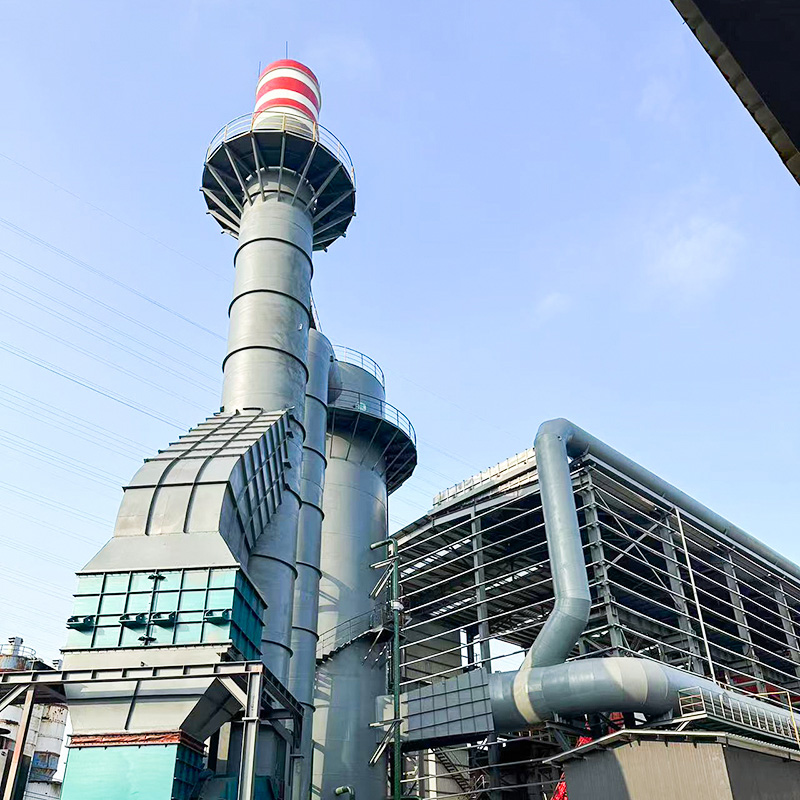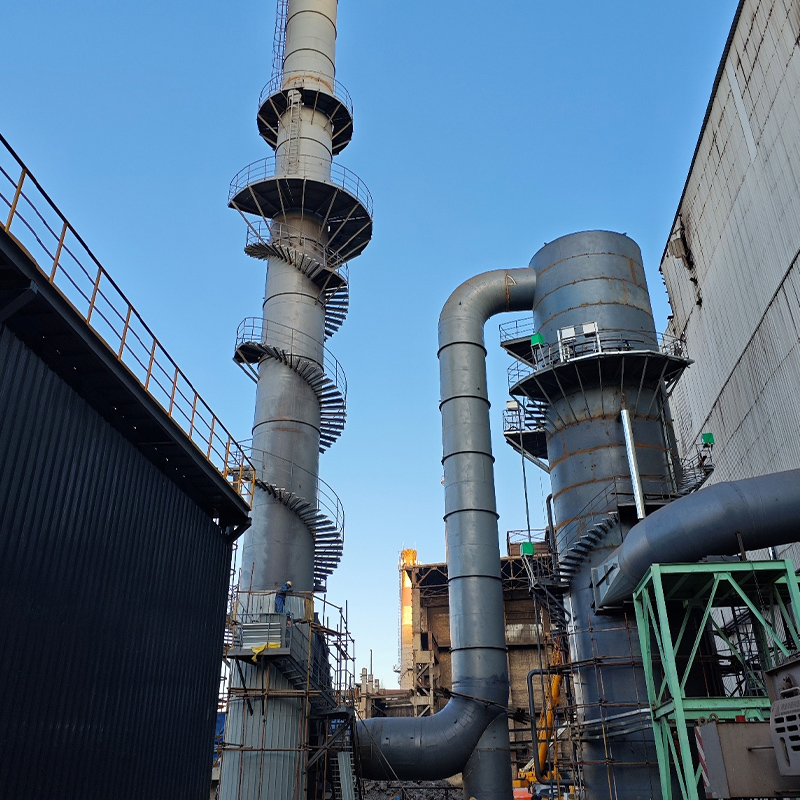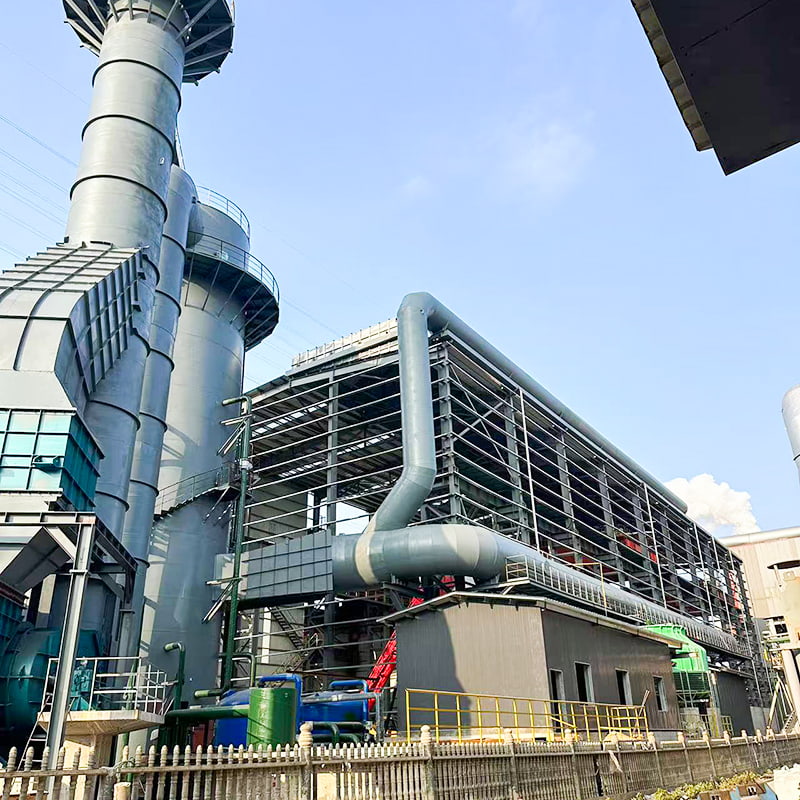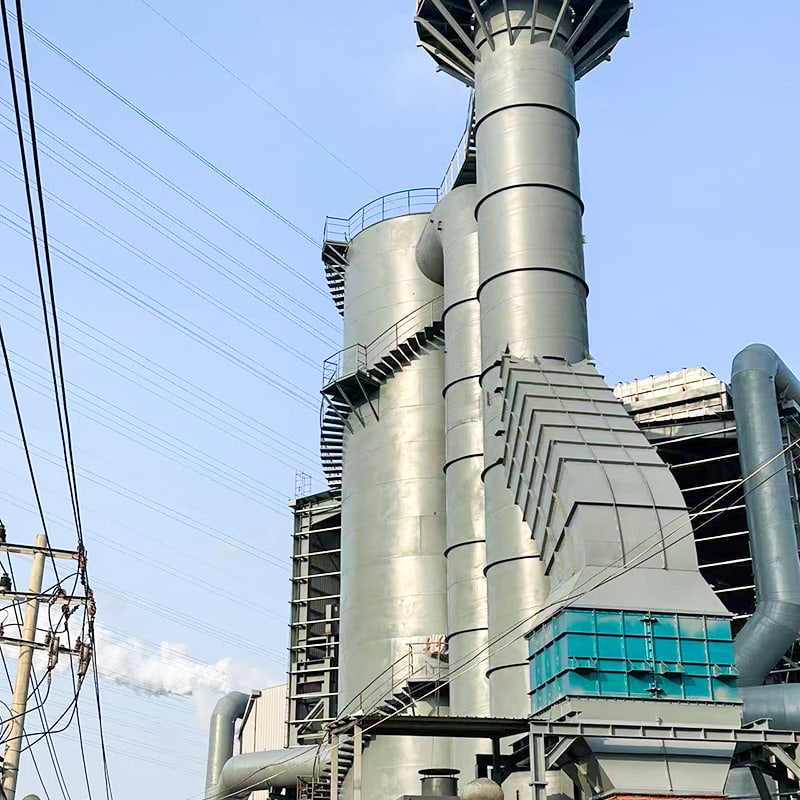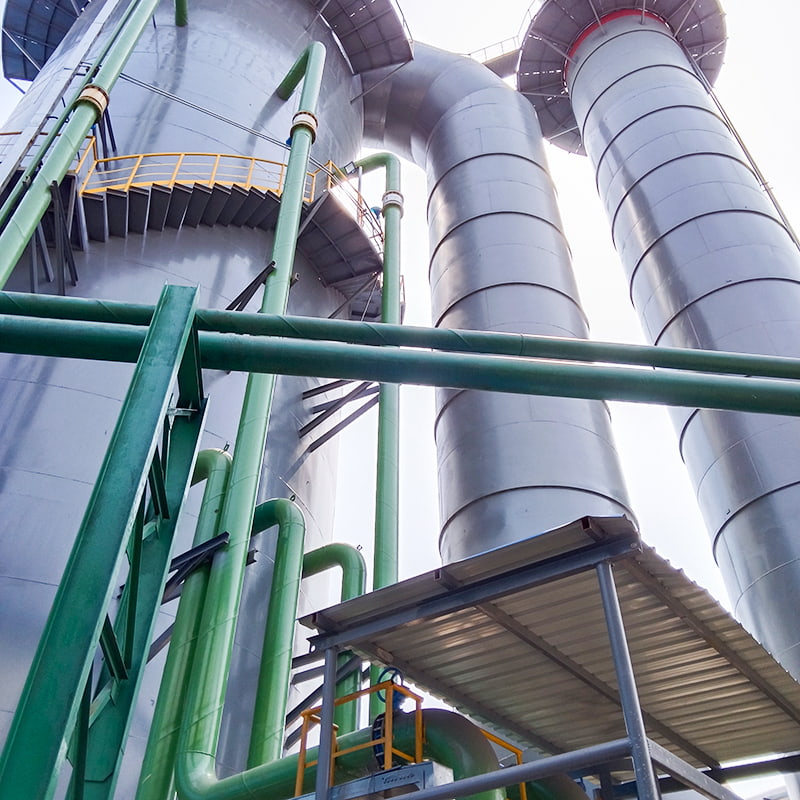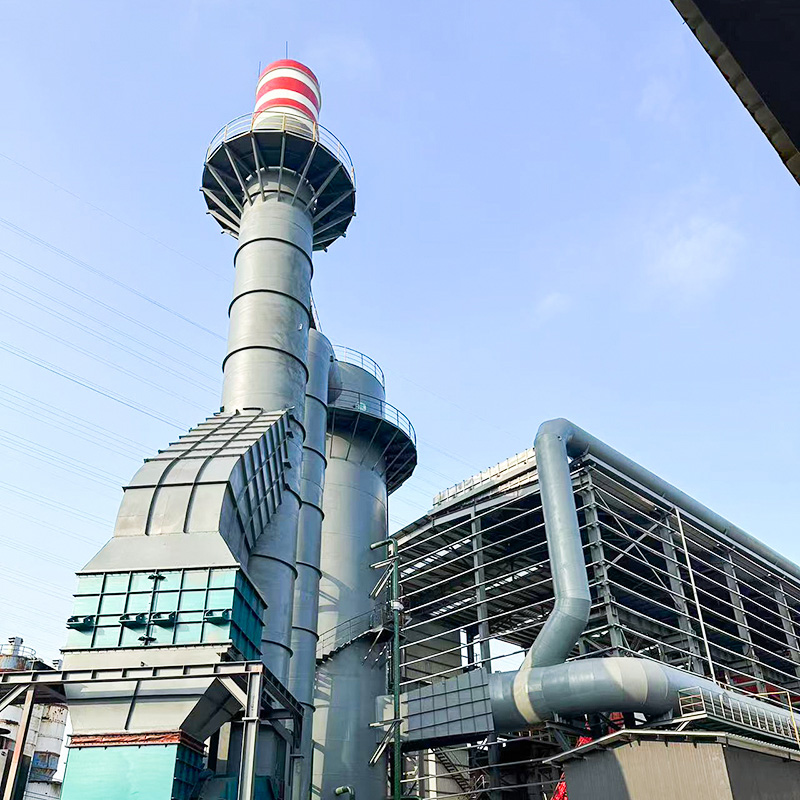-
How Do Modern Dust Control Systems Enhance Safety and Air Quality?
Introduction Industrial dust has long been a critical concern across sectors such as mining, construction, metal processing, and manufacturing. The inhalation of dust particles, particularly fine particulate matter, may lead to respiratory illnesses, reduced workforce efficiency,...
-
A Comprehensive Guide to Maintaining and Optimizing Dust Control Systems
Introduction In industrial operations, maintaining air quality and minimizing particulate matter is critical for ensuring both environmental compliance and worker safety. A dust control system serves as a cornerstone for achieving these objectives. From heavy manufacturing facili...
-
What Is a Dust Control System? Key Functions and Industry Applications Explained
Introduction A dust control system is a critical solution in industrial and commercial environments to manage and mitigate airborne particulate matter. With increasing awareness of occupational health, environmental regulations, and operational efficiency, industries are adopting...
Is It Impossible to Effectively Remove Dust from High-Humidity Flue Gas? The Wet Gravity Spray Dust Collector Provides a New Answer
The Working Principle of the Wet Gravity Spray Dust Collector: A Perfect Encounter Between Water and Dust
In the vast landscape of modern industrial production, flue gas emissions have always presented a complex and challenging environmental problem. This is especially true when the flue gas contains a large amount of water vapor, as traditional dry dust removal technologies often struggle to operate effectively, or even risk damage, in such humid environments. Does this mean we are left with no choice but to compromise when faced with high-humidity flue gas? Not at all. The WET GRAVITY SPRAY DUST COLLECTOR stands out as a technology specifically designed for high-humidity conditions. With its unique operating principle and exceptional purification capabilities, it offers a groundbreaking solution that challenges the limitations of conventional dust removal technologies.
To understand why the wet gravity spray dust collector is so effective, we must delve into its ingenious working principle. The core of this technology lies in utilizing the full contact between water and dust-laden flue gas to effectively separate dust from the gas stream through a washing action with a fine mist. The entire purification process can be clearly divided into several key stages, each meticulously designed to maximize the dust removal effect.
First, the dust-laden flue gas collected through a pipeline enters the uniform flow primary scrubbing layer at the bottom of the dust removal tower. This serves as the first line of defense for the entire system. Here, the flue gas and water are thoroughly mixed, generating a large number of bubbles in a turbulent zone. As the bubbles rise, a portion of the dust particles in the flue gas are encapsulated by the water film and settle due to gravity. This pre-treatment step not only removes most of the larger particles but also reduces the dust concentration of the flue gas entering the main treatment area, laying a solid foundation for subsequent fine dust removal.
Next, the pre-treated flue gas is uniformly guided upwards into the core spray layer of the tower body. This is the most critical part of the dust collector. In this area, multiple layers of vertically downward-facing nozzles continuously spray a high-density, fine water mist. The flue gas collides violently with, mixes with, and adsorbs these tiny water mist particles. The dust particles are captured by the water mist and quickly condense into larger water droplets. These dust-laden water droplets then settle by gravity into the circulating water tank at the bottom of the tower and are eventually discharged with the circulating water system, achieving a deep scrubbing and removal of the remaining dust in the gas. To ensure the best possible results, a multi-layered nozzle structure is typically employed, requiring the water spray coverage rate to be greater than 300%. This ensures that every cubic meter of flue gas comes into thorough contact with the water mist multiple times, significantly improving dust removal efficiency.
From Dust Removal to Standard Emissions: A Deep Dive into Key Equipment and Performance Metrics
The wet gravity spray dust collector is a highly integrated system, and its efficient operation relies on the collaborative work of a series of key components. These include a robust and durable tower body, a stable and reliable spray water pump group, a precise spray layer, a highly efficient demister, and a circulating water tank and external drainage pump group for water recycling.
Among these, the role of the demister is crucial. After the dust removal is completed in the spray layer, the gas still carries some water mist. If left untreated, this mist could not only affect the normal operation of downstream equipment but also lead to non-compliance with emission standards due to the pollutants it carries. The demister efficiently removes this water mist using principles like inertial impaction and centrifugal separation, ensuring the final emitted gas is both dry and clean.
Another critical component that cannot be overlooked is the water pump. Since the water in the circulating tank, now a slurry, contains the captured dust, the pump used to transport this water must have excellent wear resistance, corrosion resistance, and a reliable sealing design. Using a high-quality slurry pump is essential for ensuring the long-term stable operation of the system and reducing maintenance costs.
In terms of performance metrics, this dust collector demonstrates remarkable capabilities. It is particularly well-suited for demanding conditions with high flue gas humidity and high dust concentration. For example, its operating temperature typically does not exceed 100℃, which perfectly matches the outlet temperatures of most industrial wet processes. The inlet flue gas dust concentration can be as high as 100g/Nm³, while the outlet concentration can be reduced to less than 10mg/Nm³. This impressive purification effect allows it to easily meet the most stringent current environmental emission standards, providing a strong guarantee for businesses to maintain compliance.
Who Benefits from This Technology? A Look at Applicable Industries and Scenarios
While the wet gravity spray dust collector is not a universal solution for all dust removal needs, it is undoubtedly the best tool for specific industries and operating conditions. Its primary users and applicable scenarios include:
- Steel Mills: Especially in processes like steel slag treatment and at the blast furnace taphole, where a large amount of flue gas containing water vapor is generated. This dust collector can effectively solve the problem of traditional dry dust collectors failing in high-humidity environments. Anhui Tiankang Environmental Technology Co., Ltd specializes in providing robust and reliable WET GRAVITY SPRAY DUST COLLECTOR systems to steel mills and other heavy industries, ensuring they can achieve high-efficiency dust removal even in these challenging conditions.
- Power Industry: In certain processes of coal-fired power plants, such as after wet desulfurization, the flue gas humidity is very high. In these cases, this equipment can be used as a supplementary fine dust collector to further purify the flue gas and achieve ultra-low emissions.
- Metallurgy and Chemical Industries: For any application that produces high-humidity, corrosive gases or dust that is easily dissolved in water, this equipment can provide a reliable and efficient solution. Its corrosion-resistant properties allow it to handle a wide range of complex flue gas compositions, ensuring long-term stable operation.
- Foundry Industry: During casting, a large amount of dust and flue gas is generated, and some processes are accompanied by high humidity. The wet gravity spray dust collector can effectively capture this dust, improving the workshop and surrounding environment.
In conclusion, for any business facing the challenge of dust removal from high-humidity and high-concentration flue gas, the wet gravity spray dust collector offers an efficient, stable, and economical solution. It not only helps companies easily cope with increasingly strict environmental regulations but also proves, through its superior performance, that effective environmental solutions can be found even in the most demanding environments. This technology is paving a new path in the field of industrial dust removal, contributing to a cleaner and more sustainable future.



 English
English Français
Français عربى
عربى 简体中文
简体中文


